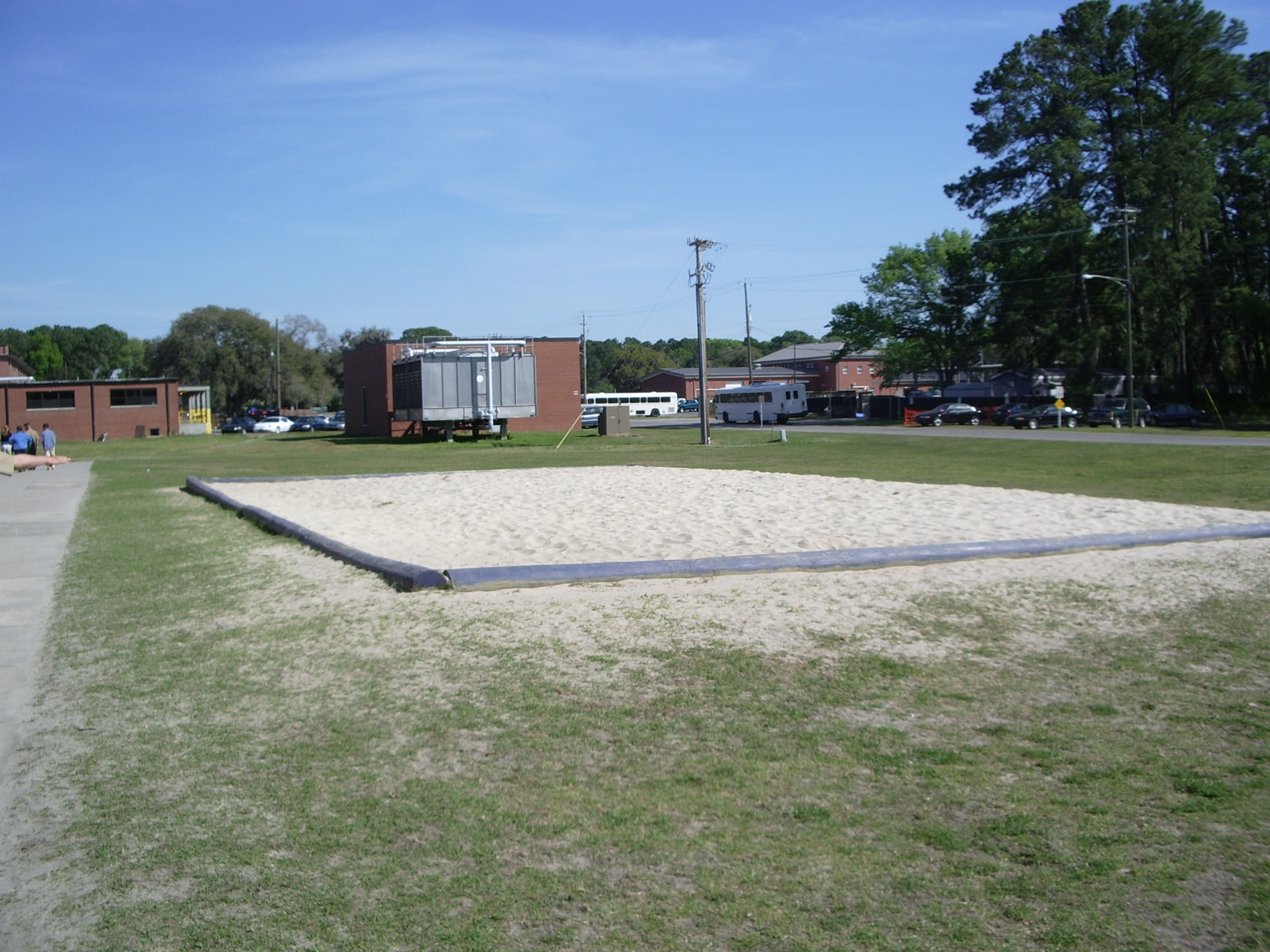Update posted on July 20, 2006. Stay tuned. Coming soon to the Captain’s Journal are our own proposed plans for war with Iran. The Defense Department plans discussed below will fail. Included will be the outline for a comprehensive strategy, justification and intended results.
**** SCROLL FOR UPDATES ****
It is pretty much universally acknowledged that (a) Iran is pursuing nuclear weapons, and (b) Iran is behind not only the existence of Hezbollah, but also the kidnappings of the Israeli soldiers and therefore the current situation in the middle east. Iran has been conducting war by proxy since the creation of Hezbollah with the help of Syria, and for some reason, Ahmadinejad has chosen this point in time to start a war. He also doesn’t seem to be too troubled by any response he might receive from Israel or the U.S. His bluster and threats shows that he believes Iran to be immune from a successful retaliatory strike from Israel (and it would seem that he believes the U.S. to be too hamstrung by lack of intelligence and/or political baggage at home to act decisively in the middle east). On at least some of this, he might appear to be correct.
Seymour Hersh over at The New Yorker did a fascinating piece back in April entitled “The Iran Plans.” In this very good piece, we learned that there has been fairly directed planning to knock back the nuclear infrastructure in Iran with a bombing campaign, supplemented if necessary by special operations at specific nuclear sites. While I don’t doubt that planning has been and is underway, I was skeptical when I read this: it is prima facie absurd to walk into this with an illusions of victory without a high cost (politically and militarily).
Here was my thinking. We will likely not use tactical nuclear weapons. The world will be outraged, especially if we attack using nuclear weapons without first having irrefutable evidence of a nuclear program. An attack of this nature invariably destroys the evidence we need. The Iranians have had a chance to study our conventional capabilities in Afghanistan, and have buried their centrifuges deep enough that we cannot effect them. In fact, I would predict that the facilities are deep enough under ground to avoid destruction — with some safety margin. If I was the engineer responsible for designing the defense features of the facilities, that is what I would do.
So what is really needed are boots on the ground. I have serious doubts that there is any foolish planning for regime change or occupation of Iran at the Pentagon. If the U.S. actually goes into Iran, it will be to retrieve centrifuges and weapons-grade fissile material. The Army is too slow and lumbering to place inside Iran (with the possible exception of the 82nd and 101st Airborne; but use of them would be disastrous for reasons that would take me far afield). There aren’t enough special forces operators for this to be exclusively a special forces war. Therefore, the Marines have to do it. They are designed for rapid, mobile and intense warfare with no support from anyone but the Marines (i.e., the MEU).
Now. Proceeding from here, there is no way to get Marines to the sites that they need to be at. For example, the primary enrichment site — Natanz — is about 250 miles from the border with Iraq and 450 miles from the border with Afghanistan (see here for map). Many other potential nuclear sites are just as far, if not further, from either border (or the Persian Gulf). The primary method of transport to hot zones, the helicopter, hasn’t the range to get Marines to these sites. The new MV-22 (the Osprey) has a range of 242 nautical miles carrying 24 troops (using a conversion of 0.869 nautical miles to miles, this is 278 U.S. miles). It is possible, though not likely, that we would choose this method of transport, if the Osprey could carry more troops. This capacity is not enough. Moreover, the MV-22 is not quite ready for service and there aren’t enough of them. The target date for deployment is early 2007.
But then again, what is needed to stop the nuclear program is to set up a temporary perimeter around the nuclear sites, remove the fissile material if there is any, take the centrifuges, and then get out. If bombing alone will not work, there aren’t enough special forces to do it, and there is no way to get enough special forces or Marines there to begin with, then what about all of this war planning with Iran? How will this come off?
This was my thinking when I first read Hersh’s first article. Fast forward to just a few days ago, and Seymour Hersh has posted another interesting piece entitled “Last Stand: The military’s problem with the President’s Iran policy.” A whole host of problems are becoming apparent to the military planners and strategists, and an apparent mini-war is going on in the Pentagon and State Department over if and just how such a thing as an attack on Iran would come off.
A senior military official told me, “Even if we knew where the Iranian enriched uranium was—and we don’t—we don’t know where world opinion would stand. The issue is whether it’s a clear and present danger. If you’re a military planner, you try to weigh options. What is the capability of the Iranian response, and the likelihood of a punitive response—like cutting off oil shipments? What would that cost us?




